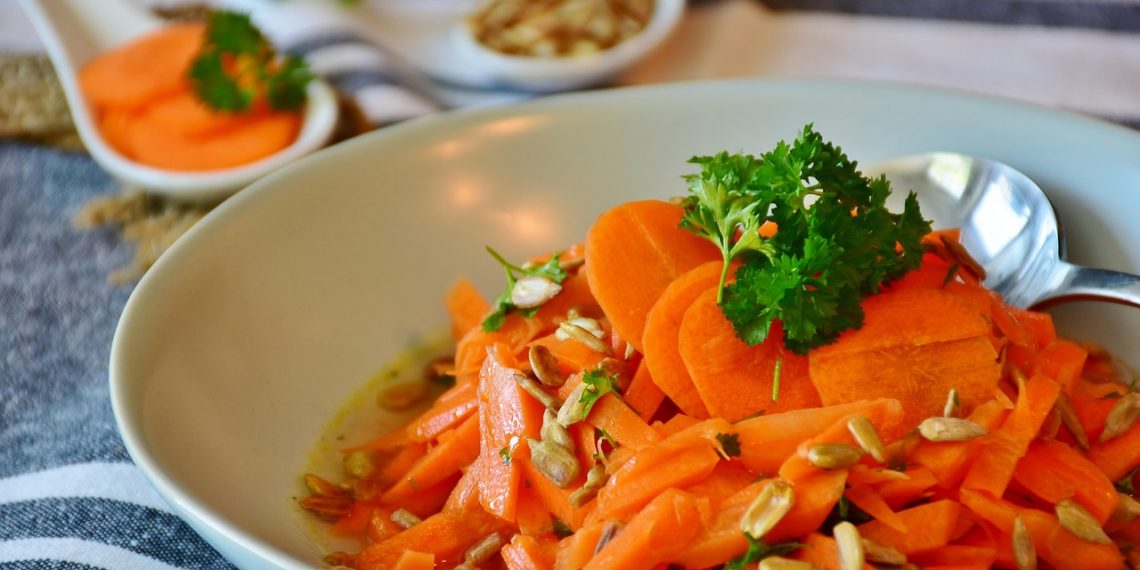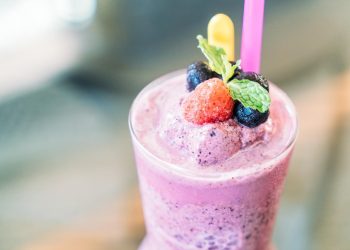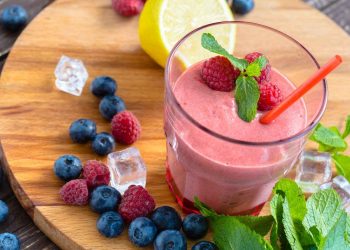Contents
5 Delicious Recipes to Lower Blood Pressure with Carrots
Did you know that nearly half of American adults have high blood pressure? If you’re one of them, you might be on the lookout for tasty ways to manage it. Well, carrots could be your new best friend! These crunchy veggies are not just delicious; they can also play a role in lowering blood pressure thanks to their potassium content and other beneficial nutrients. In this article, I’ll share five scrumptious carrot-based recipes that are not only easy to whip up but can also help you keep your blood pressure in check. Let’s dig in!
1. Carrot Ginger Soup
Ingredients:
- 1 lb carrots, peeled and chopped
- 1 onion, diced
- 2 tablespoons fresh ginger, minced
- 4 cups vegetable broth
- 1 tablespoon olive oil
- Salt and pepper to taste
- Optional: a splash of coconut milk for creaminess
Instructions:
- In a large pot, heat olive oil over medium heat. Add the diced onion and sauté until translucent.
- Stir in the minced ginger and cook for another minute.
- Add the chopped carrots and vegetable broth. Bring to a boil, then reduce heat and simmer for about 20 minutes, or until the carrots are tender.
- Use an immersion blender to puree the soup until smooth. If you want a creamy texture, stir in a splash of coconut milk.
- Season with salt and pepper to taste, and enjoy warm.
Why It Works: Carrots are rich in potassium, which helps to balance sodium levels in the body and can lead to lower blood pressure. The ginger adds anti-inflammatory properties, making this soup a double whammy for your health!
2. Roasted Carrots with Honey and Thyme
Ingredients:
- 1 lb baby carrots or regular carrots cut into sticks
- 2 tablespoons honey
- 1 tablespoon olive oil
- 1 teaspoon fresh thyme (or ½ teaspoon dried thyme)
- Salt and pepper to taste
Instructions:
- Preheat your oven to 400°F (200°C).
- In a bowl, mix the honey, olive oil, thyme, salt, and pepper.
- Toss the carrots in the mixture until well coated.
- Spread the carrots on a baking sheet in a single layer.
- Roast for about 25-30 minutes, or until the carrots are tender and caramelized, flipping halfway through.
Why It Works: Roasting brings out the natural sweetness of carrots without the need for excessive sugar. Honey adds a touch of sweetness while still being a natural sweetener. Plus, the thyme not only adds flavor but also has potential heart-health benefits.
3. Carrot and Quinoa Salad
Ingredients:
- 1 cup quinoa, rinsed
- 2 cups water
- 2 large carrots, grated
- 1 bell pepper, diced
- 1/4 cup dried cranberries or raisins
- 1/4 cup chopped fresh parsley
- 2 tablespoons olive oil
- Juice of 1 lemon
- Salt and pepper to taste
Instructions:
- In a pot, bring the water to a boil. Add the quinoa, cover, and reduce to a simmer. Cook for about 15 minutes, or until the quinoa is fluffy and water is absorbed. Let it cool.
- In a large bowl, combine the grated carrots, bell pepper, cranberries, and parsley.
- Add the cooled quinoa.
- In a small bowl, whisk together the olive oil, lemon juice, salt, and pepper. Pour over the salad and toss to combine.
Why It Works: Quinoa is a complete protein, which means it has all nine essential amino acids. This salad is not only filling but also nutrient-dense, making it a great option for anyone looking to maintain healthy blood pressure levels.
4. Carrot Hummus
Ingredients:
- 1 cup cooked carrots (steamed or boiled)
- 1 can (15 oz) chickpeas, drained and rinsed
- 1/4 cup tahini
- 2 tablespoons olive oil
- Juice of 1 lemon
- 1 garlic clove
- Salt and pepper to taste
- Optional: a pinch of cumin for extra flavor
Instructions:
- In a food processor, combine the carrots, chickpeas, tahini, olive oil, lemon juice, garlic, salt, and pepper. Blend until smooth.
- If the mixture is too thick, add a little water until you reach your desired consistency.
- Serve with whole-grain pita or fresh vegetable sticks.
Why It Works: Chickpeas are high in fiber and protein, which can help you feel full longer and manage your weight—an important factor when dealing with blood pressure. The carrots add a natural sweetness and vibrant color to this dish.
5. Carrot and Apple Slaw
Ingredients:
- 2 large carrots, grated
- 1 apple, grated (preferably a sweet variety like Fuji or Honeycrisp)
- 1/4 cup raisins or chopped nuts (like walnuts)
- 2 tablespoons apple cider vinegar
- 1 tablespoon honey or maple syrup
- Salt and pepper to taste
Instructions:
- In a large bowl, combine the grated carrots, grated apple, and raisins or nuts.
- In a small bowl, whisk together the apple cider vinegar, honey, salt, and pepper.
- Pour the dressing over the slaw and toss to combine.
Why It Works: This slaw is not only refreshing but also packed with nutrients. Apples provide additional fiber and antioxidants, while the vinegar may help with blood sugar control—another aspect of managing blood pressure.
FAQs
1. Can eating carrots really help lower blood pressure?
Yes, carrots are rich in potassium, which helps balance sodium in the body and can contribute to lower blood pressure levels.
2. How often should I include carrots in my diet for health benefits?
Including carrots in your diet a few times a week can be beneficial. Aim for a variety of preparations to keep things interesting!
3. Are there any side effects of consuming too many carrots?
While carrots are healthy, eating them in excessive amounts can lead to carotenemia, a condition that turns your skin slightly orange. Moderation is key!
4. Can I use frozen carrots in these recipes?
Absolutely! Frozen carrots can be a convenient alternative and are often just as nutritious as fresh ones. Just make sure to thaw them properly before cooking.
Conclusion
Incorporating carrots into your meals is an easy and delicious way to help manage blood pressure. From soups to salads, the versatility of carrots means you’ll never get bored. Plus, the health benefits are backed by research, making these recipes a smart choice for your heart health. So, the next time you’re in the kitchen, don’t forget to grab those carrots!
Remember, while these recipes can support your health, they shouldn’t replace professional medical advice. Always consult a healthcare provider for personalized recommendations.
Disclaimer: This article is for educational purposes only and is not a substitute for professional medical advice. Always consult a qualified healthcare provider before making changes to your health routine.
References
-
Hu, F. B., & Willett, W. C. (2002). The Nutrition Source: Carrots. Harvard T.H. Chan School of Public Health. Retrieved from https://www.hsph.harvard.edu/nutritionsource/what-should-you-eat/carrots/
-
Sacks, F. M., Svetkey, L. P., Vollmer, W. M., et al. (2001). Effects on blood pressure of reduced dietary sodium and the Dietary Approaches to Stop Hypertension (DASH) diet. New England Journal of Medicine, 344(1), 3-10. Retrieved from https://www.nejm.org/doi/full/10.1056/NEJM200101043440101
-
The Nutrition Source. (2021). Potassium. Harvard T.H. Chan School of Public Health. Retrieved from https://www.hsph.harvard.edu/nutritionsource/potassium/
Get Your FREE Natural Health Guide!
Subscribe now and receive our exclusive ebook packed with natural health tips, practical wellness advice, and easy lifestyle changes — delivered straight to your inbox.













